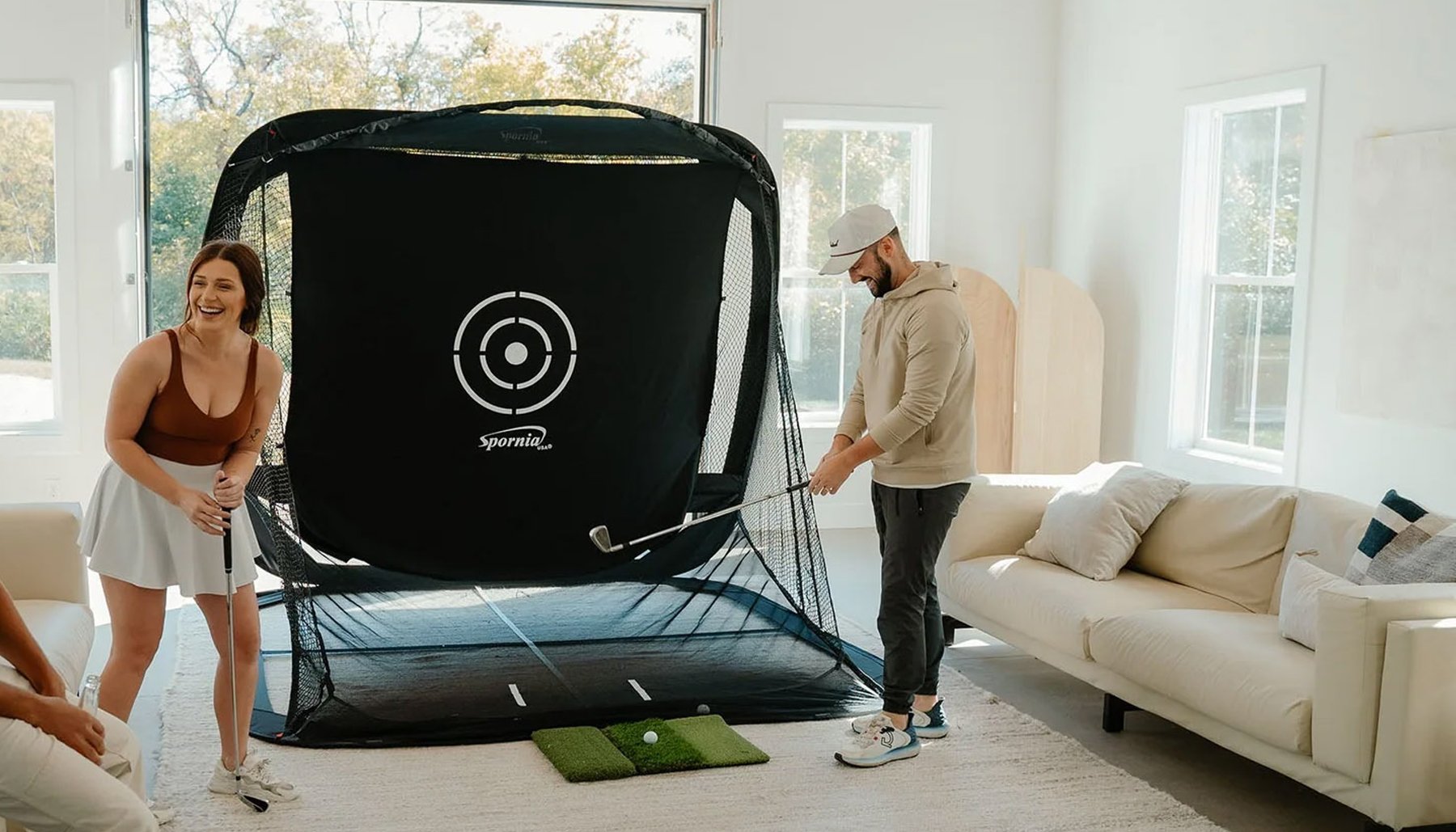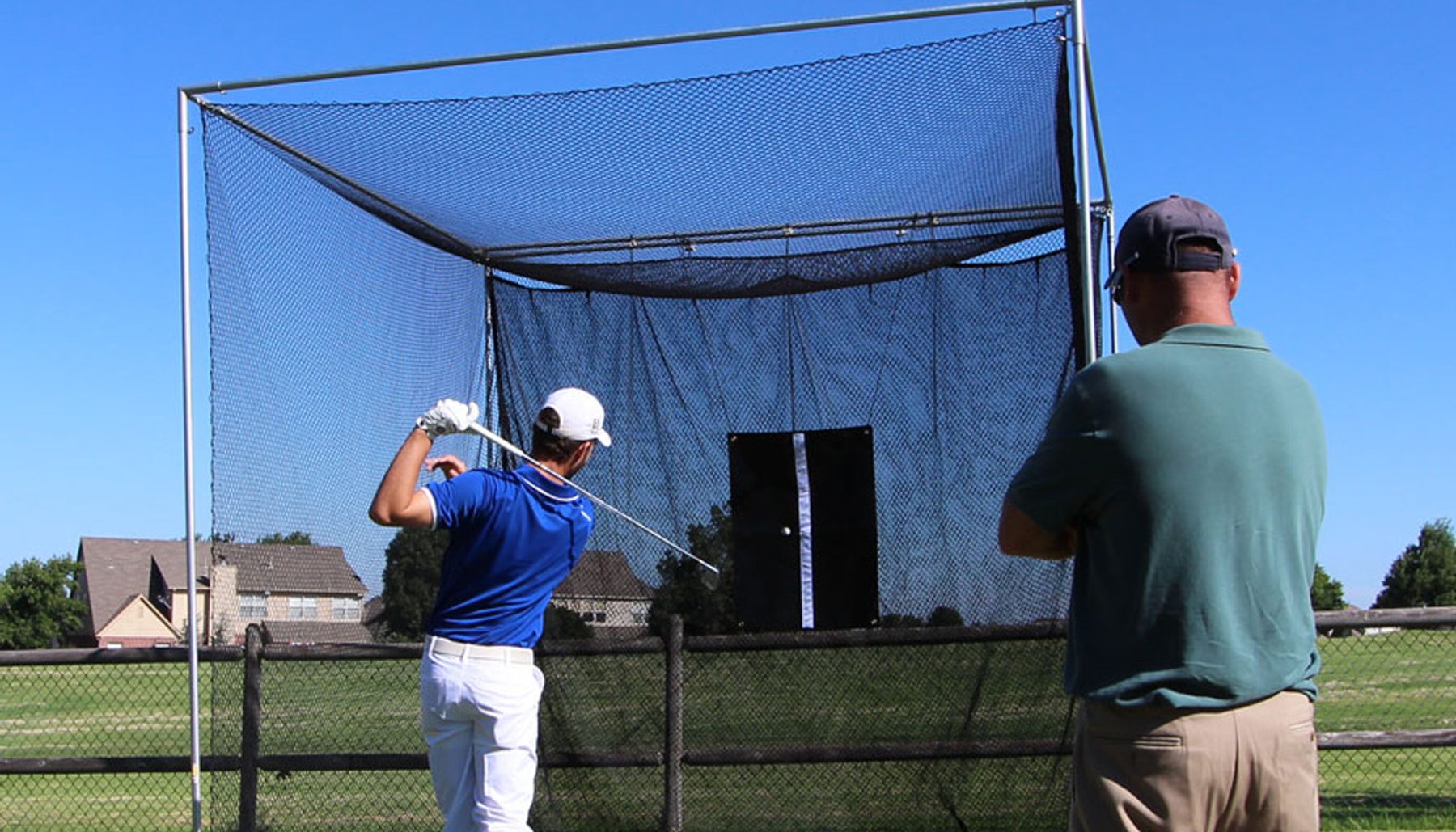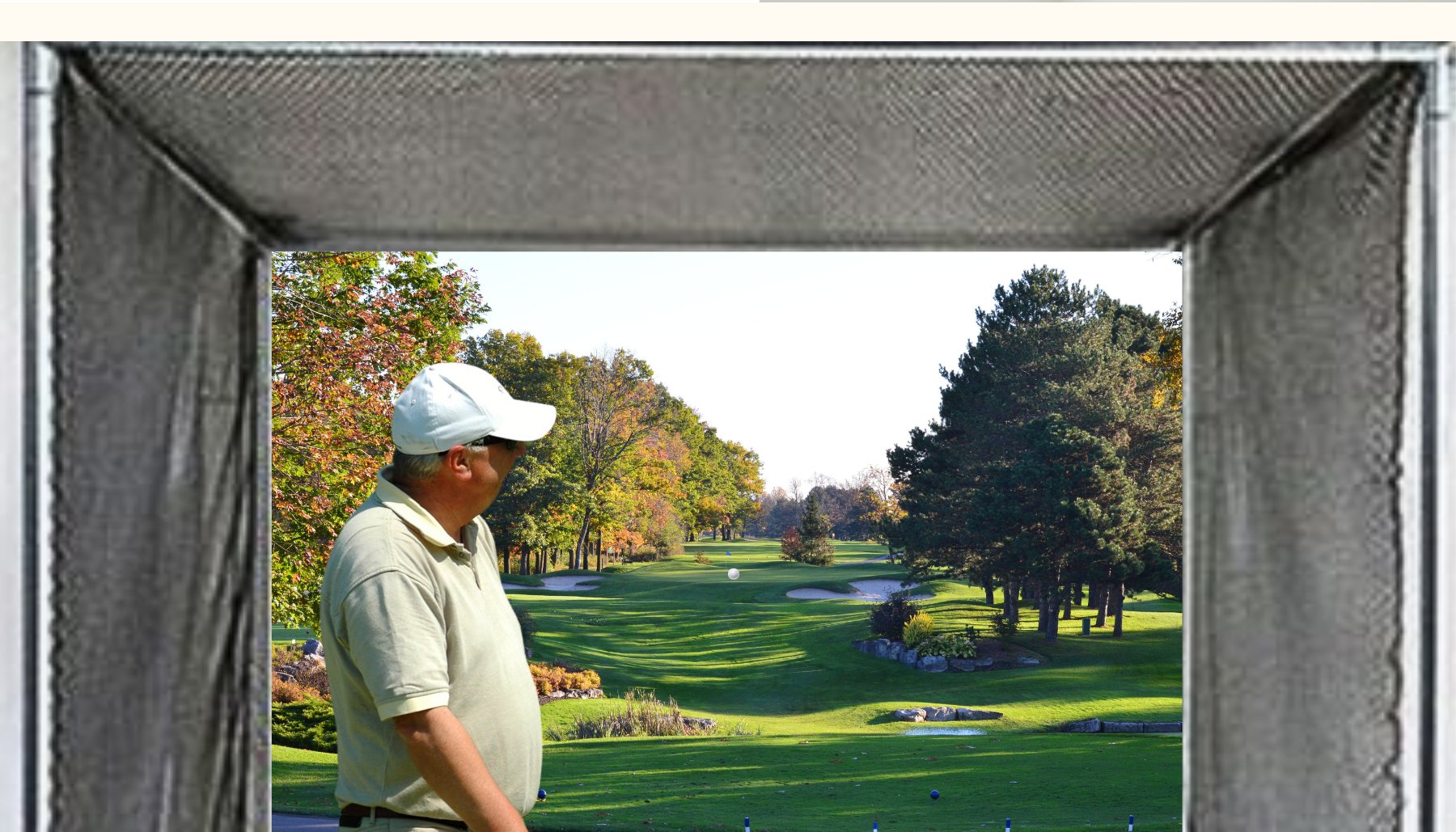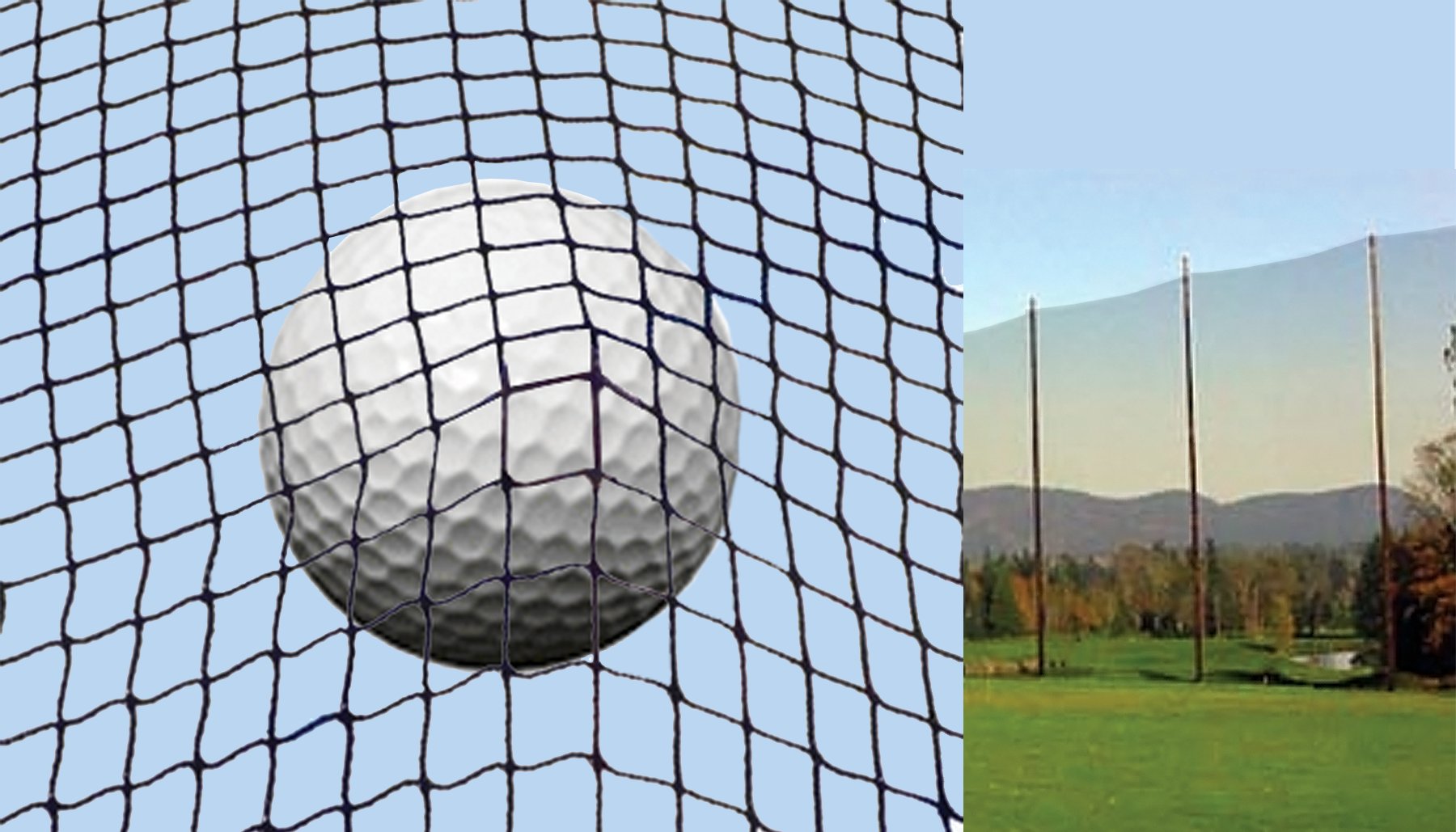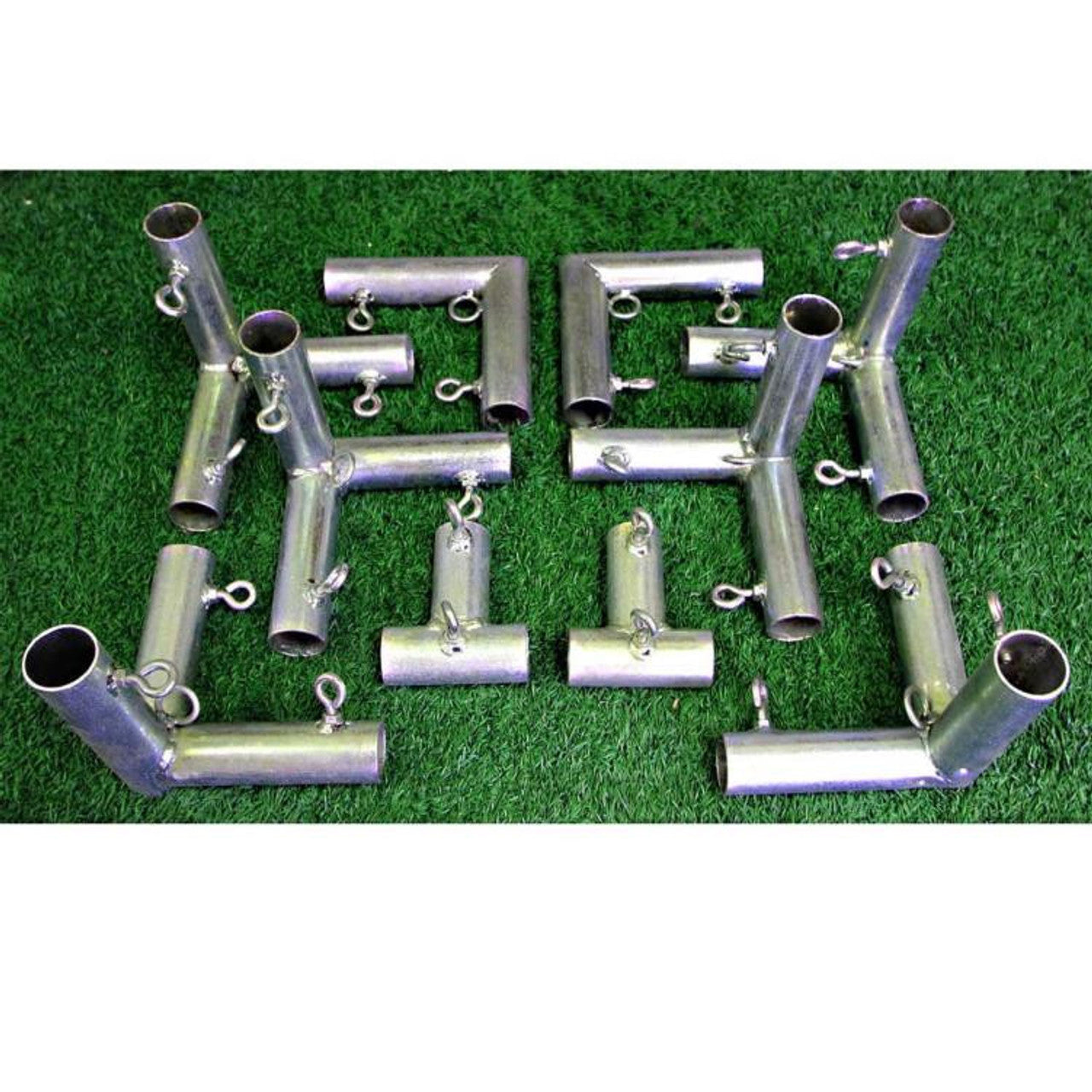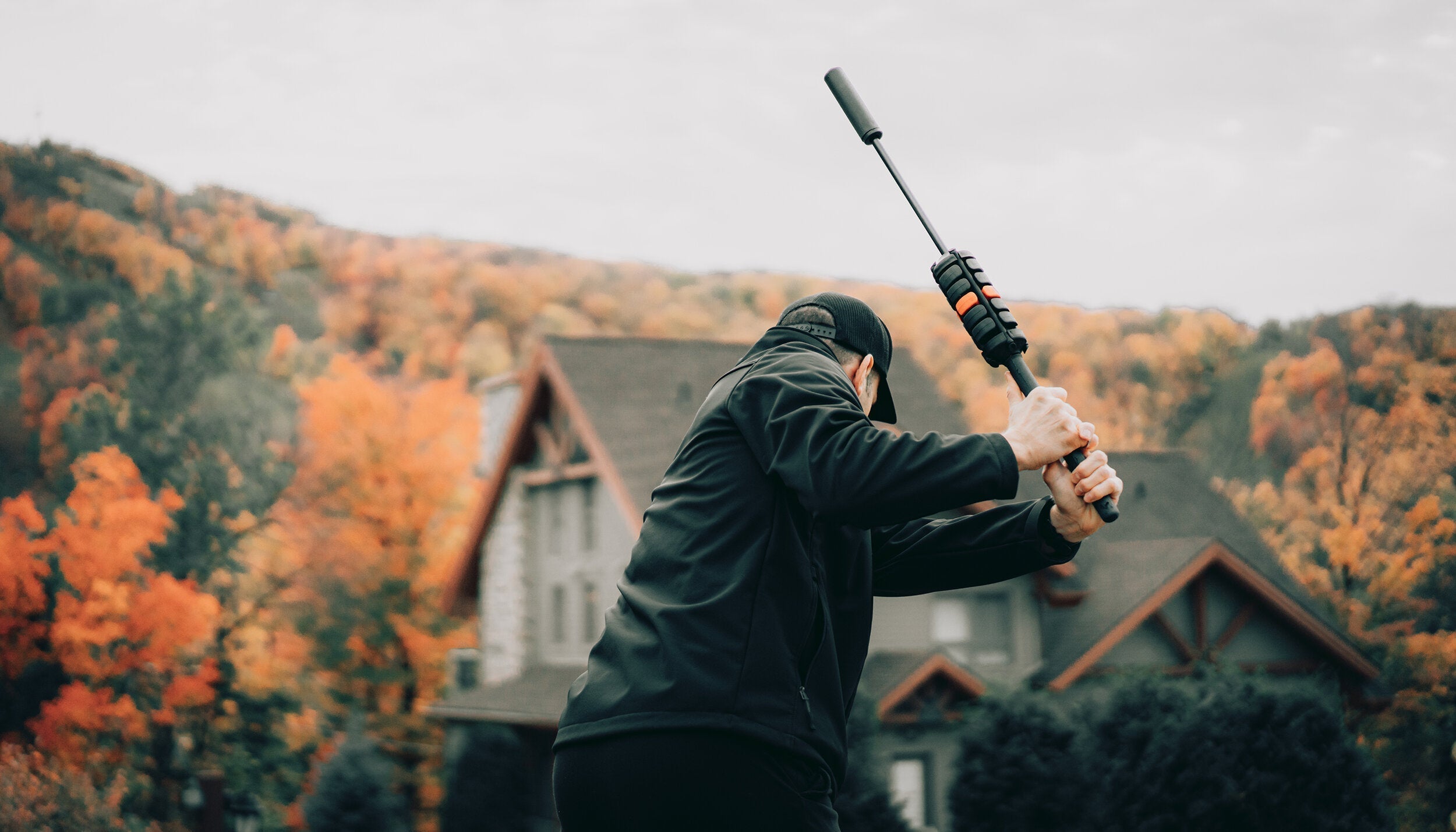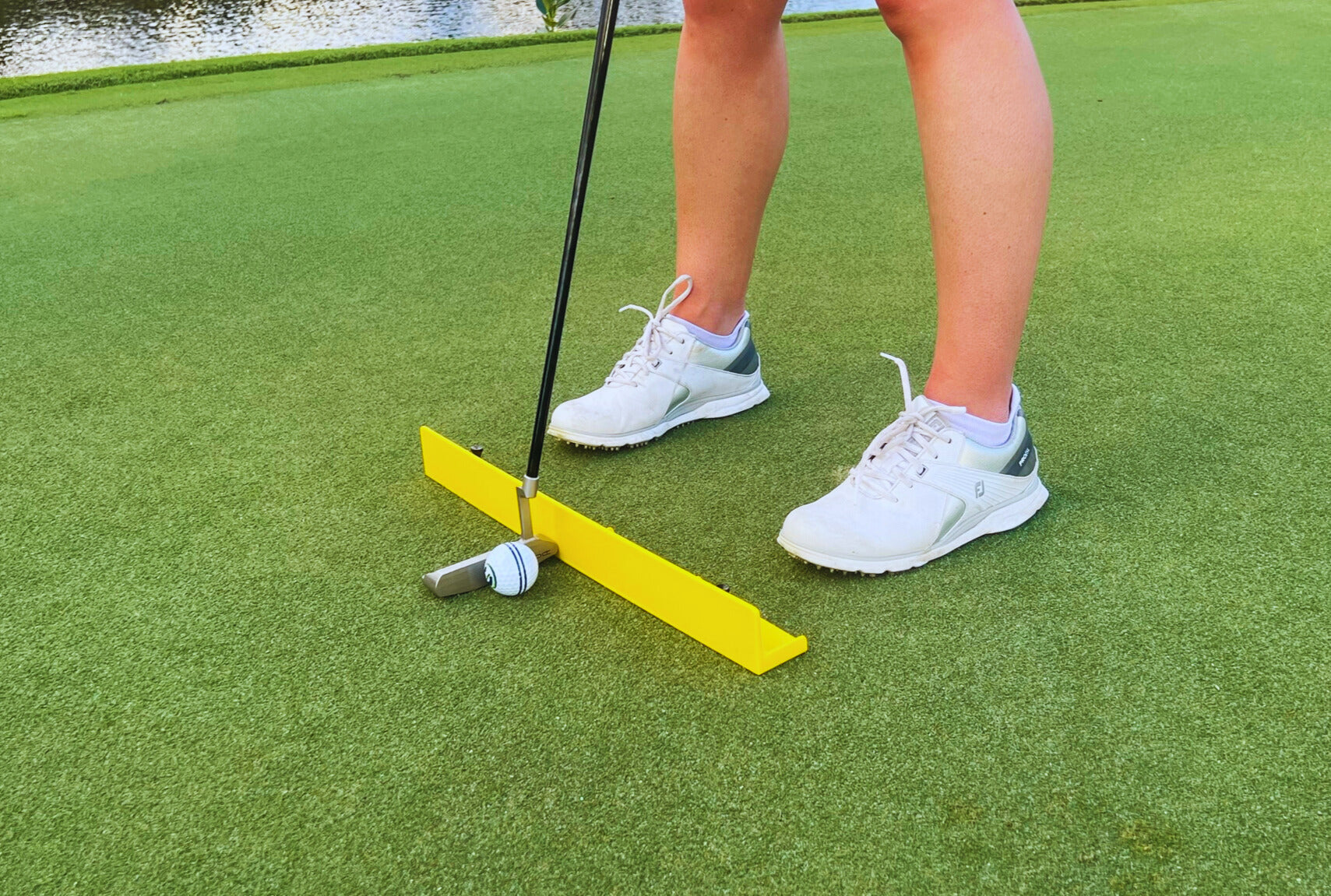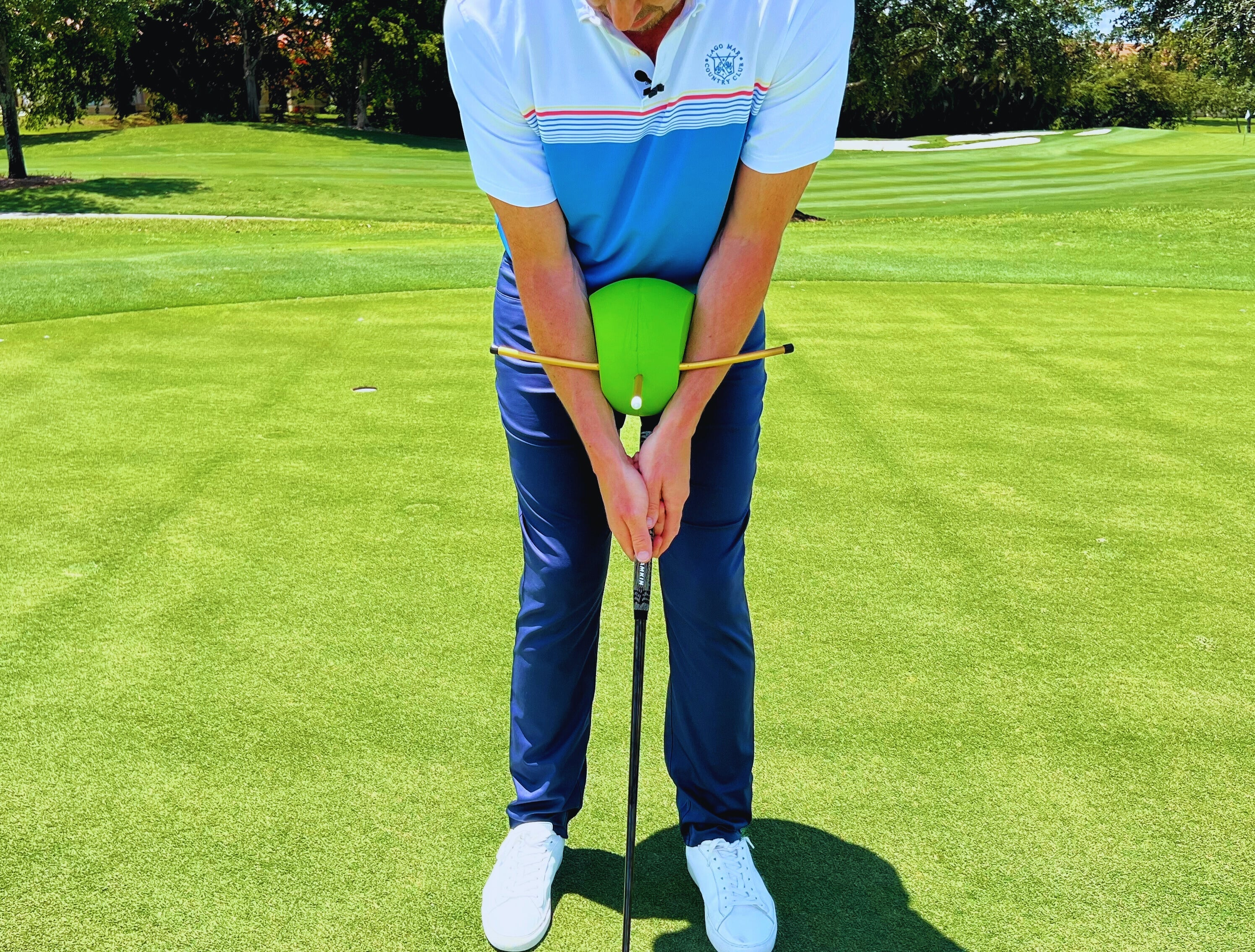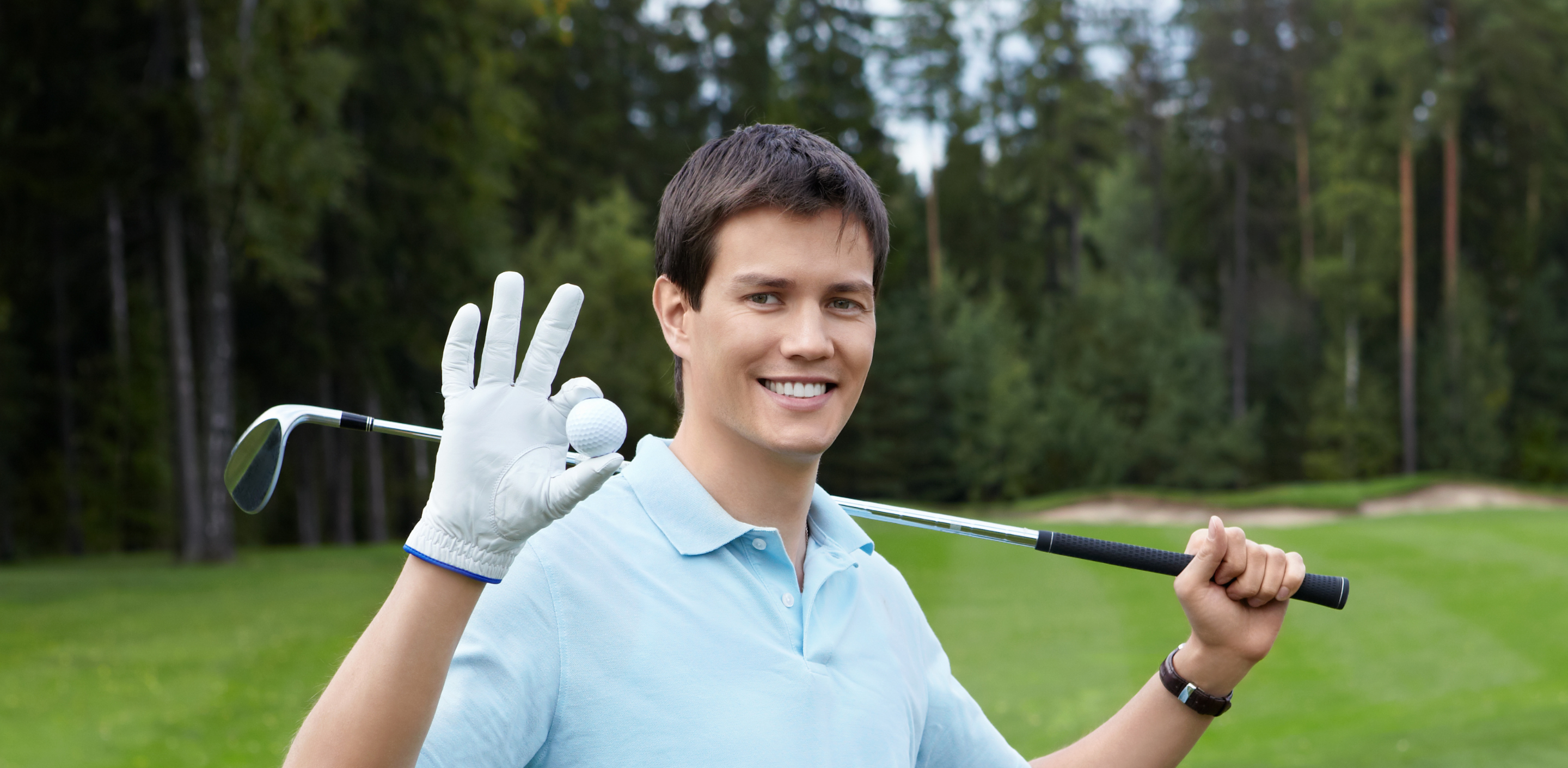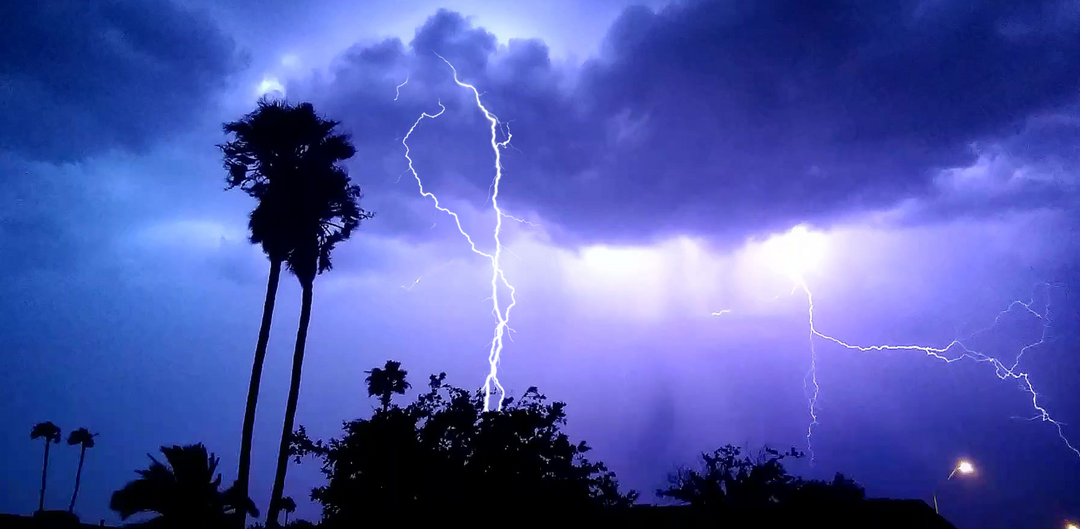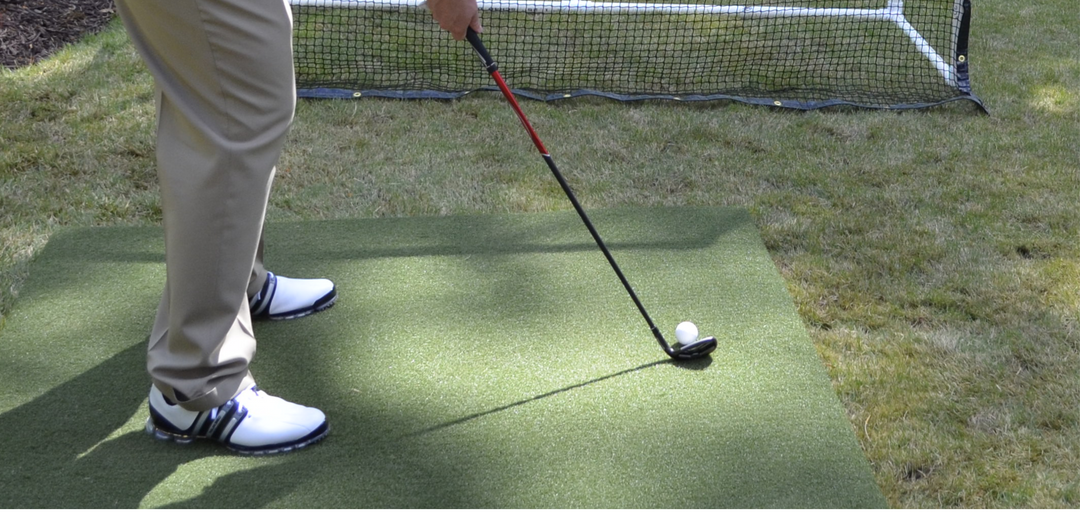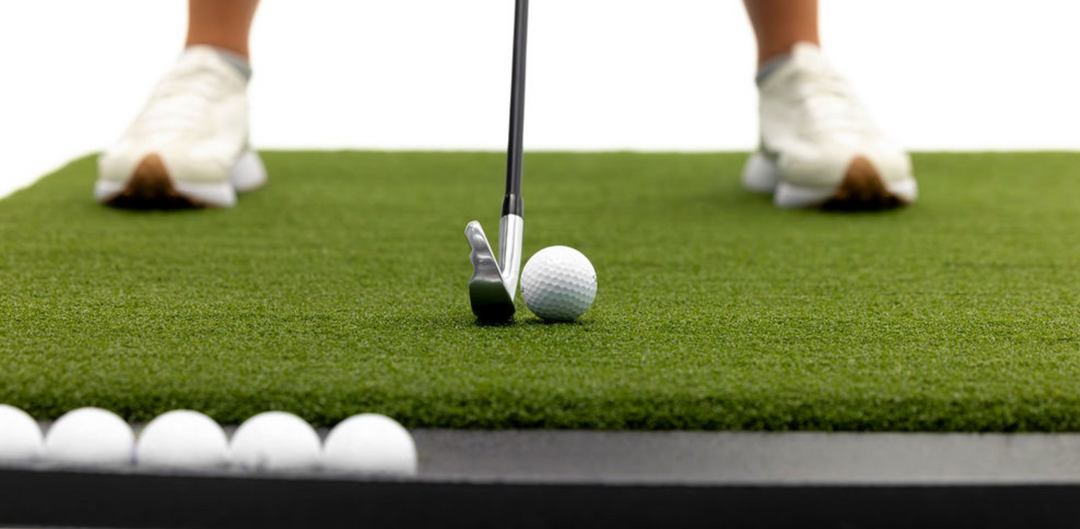Whether you're a beginner or an experienced golfer, having the right gear is crucial to improving your game and enjoying the sport. From clubs to clothing, the right equipment can make a significant difference in both your performance and comfort on the course. Here's a breakdown of the essential golf gear every golfer needs:
- Golf Clubs
The core of your golf game, golf clubs are crucial for hitting the ball accurately and efficiently. The types of clubs you carry can vary, but at a minimum, you need:
- Driver: Used for long-distance shots off the tee, typically with a larger head and a longer shaft.
- Irons (3-9): Used for a variety of shots, from the fairway to the green. Each iron has a different loft, allowing you to control distance and trajectory.
- Wedges: These include pitching wedge, sand wedge, and lob wedge. Wedges are used for short-game shots around the green and in bunkers.
- Putter: Used for rolling the ball on the green into the hole. The putter is one of the most important clubs in your bag since putting accounts for a large percentage of shots on the course.
Tip: Most golfers will carry 14 clubs, as per the rules of golf, but beginners often start with a more simplified set and gradually add more clubs as they progress.
- Golf Balls
Not all golf balls are created equal, and the right one for you can depend on your swing speed, skill level, and the type of course you're playing. Here are some key factors to consider:
- Compression: Lower-compression balls are ideal for slower swing speeds (beginner or intermediate), while higher-compression balls offer more distance for faster swingers.
- Spin: Some golf balls offer more spin, which is beneficial for control around the greens, while others are designed for longer distance with less spin.
- Durability: Golf balls come in a variety of constructions, from 2-piece to 5-piece. For beginners, a 2-piece ball is a good choice for durability and distance, while more experienced players might opt for multi-layered balls that offer more spin and control.
- Golf Bag
A golf bag is essential for organizing and carrying your clubs, balls, tees, and other accessories. There are different types of bags to choose from:
- Stand Bags: These are lightweight and have built-in stands, so the bag remains upright on the ground, making it easy to access clubs.
- Cart Bags: Designed for use with a golf cart, these bags are generally larger and have more storage space.
- Tour Bags: These are heavier, premium bags used by professionals and enthusiasts who prefer a larger bag for more gear.
Tip: Make sure the bag is comfortable to carry and has enough pockets for all your accessories (tees, balls, glove, scorecard, etc.).
- Golf Shoes
Comfortable, durable golf shoes provide stability and support during your swing. They also help with traction, especially on wet or slippery surfaces.
- Spiked Shoes: Traditional golf shoes with spikes offer the best grip, particularly on wet courses.
- Spikeless Shoes: These are lighter and more versatile, suitable for walking and casual use but still provide enough traction for most courses.
Tip: Look for shoes that are comfortable for walking, as a typical round of golf can be several miles long.
- Golf Gloves
A golf glove is designed to enhance your grip on the club and protect your hands from blisters. Most golfers wear a glove on their lead hand (left hand for right-handed golfers).
- Fit: The glove should fit snugly without being too tight. Look for gloves with breathable material to keep your hands cool and dry.
- Durability: Leather gloves are more durable and comfortable but may wear out quicker, while synthetic gloves last longer and are usually more affordable.
Tip: Replace gloves as needed when they show signs of wear, particularly in the palm area.
- Golf Tees
Golf tees are essential for placing the ball on the teeing ground before each shot. They come in various sizes and materials, with wood and plastic being the most common options.
- Wooden Tees: Traditional and eco-friendly, but they can break more easily.
- Plastic Tees: These are more durable and sometimes have markings to help ensure consistency in tee height.
Tip: Experiment with different tee heights to find what works best for your driver and iron shots.
- Rangefinder or GPS Device
A rangefinder or GPS device is incredibly useful for accurately measuring distances on the course. These tools can help you select the right club and make more informed decisions about shot placement.
- Laser Rangefinders: These devices measure the distance to a specific target, such as the flag or hazards.
- GPS Devices: These devices offer yardages to various points on the course, like greens, hazards, and fairways. Some golf watches or apps also provide this information.
Tip: Using a rangefinder or GPS can help lower your scores by improving your course management.
- Golf Towel
A golf towel is a must-have for cleaning your clubs, balls, and hands during a round. It's essential for maintaining the cleanliness of your clubs and keeping your grip dry in all weather conditions.
- Microfiber Towels: These are highly absorbent and effective for cleaning clubs and wiping down balls.
- Clip-On Towels: Many golfers attach a towel to their bag for easy access.
- Golf Hat or Visor
A golf hat or visor protects you from the sun and helps keep your head cool during a round. They also keep sweat out of your eyes, which is essential for maintaining focus.
- Sun Protection: A wide-brimmed hat or cap helps shield your face from UV rays.
- Breathability: Look for hats made from breathable, moisture-wicking materials to keep your head comfortable.
- Ball Markers and Repair Tools
Ball markers are small, flat objects used to mark the position of your ball on the green. Golfers also use divot repair tools to fix any damage to the green caused by their shots.
- Ball Markers: Choose a small, easy-to-carry marker (like a coin or specialized marker) that you can quickly place on the green.
- Divot Tools: Always carry a repair tool to fix any divots you make, keeping the greens in good condition.
- Golf Rangefinder
A rangefinder is essential for getting precise yardage to various targets on the course, helping you make more informed decisions. You can choose from laser or GPS-based rangefinders, with each offering advantages in terms of accuracy and convenience.
- Practice Aids
- Putting Mat: Perfect for practicing your putting indoors or at home.
- Swing Trainer: Tools like weighted clubs or training aids can help improve your swing mechanics and build strength.
Conclusion
Having the right golf gear can significantly improve your game and make your time on the course more enjoyable. From your clubs and golf balls to accessories like gloves, tees, and rangefinders, each piece of gear plays a role in helping you perform at your best. Start with the essentials, and as you progress in your game, consider upgrading your gear to match your skill level and preferences. Happy golfing!


